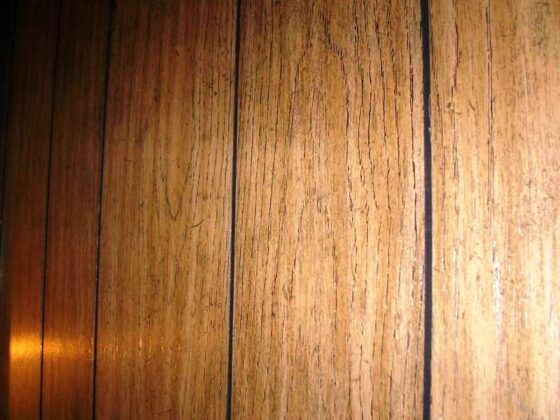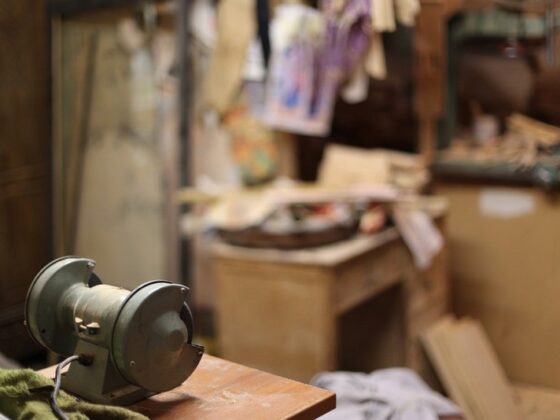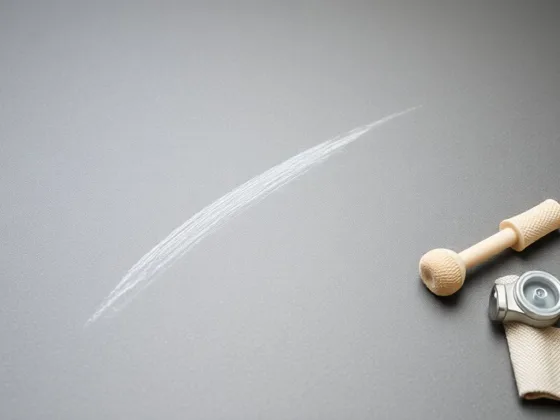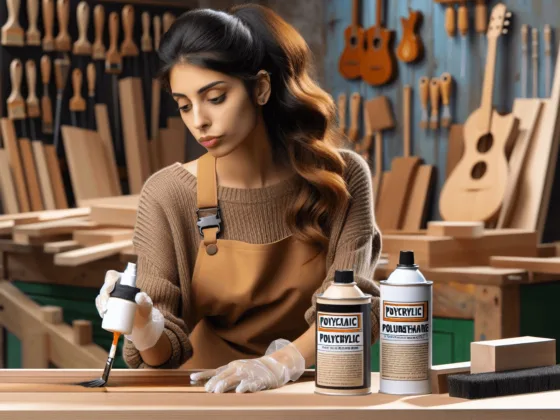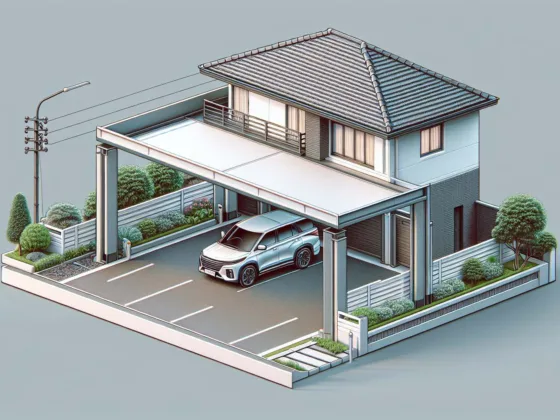Here is an easier way to make removing old paint and varnish less of a chore thanks to a history buff who appreciates the value of old wooden furniture.
Save Time and Money Refinishing Wooden Furniture with this Great Tips
Many Do-it-Yourself articles begin by asking the reader to consider whether or not they have the time and patience required to complete a tedious project. In the 30 years that John Van Noort has been refinishing furniture as a hobby, he has developed a labour-saving technique to speed up that craft without compromising on efficacy.
Read Also:
The Toronto born historian’s material of choice is wood. Van Noort says he still follows the advice he was given decades ago.
“A boss once said to me, ‘If you buy furniture, only buy something made out of solid wood, even if you have to wait, because it will always hold its value; it’s a good investment,‘ and I’ve always remembered that. I wasn’t in his league financially, so I couldn’t buy wooden furniture new. I’m a history buff so I’ve always been interested in anything antique, so I always bought pieces that needed to be refinished.”
Van Noort hastens to add that resurfacing wooden furniture isn’t always the way to go.
“If it has the original finish and it’s in good shape, you don’t want to touch it, as that would decrease the value.“
If, however, he says you come upon a great wooden dresser, table, or cabinet, for instance, and it has a number of coats of paint, you may be able to recover a potential money-maker that no-one else wants to tackle.
“A lot of people get discouraged after trying expensive paint strippers that take so long and are very labour intensive,” he notes. “People shouldn’t give up with a bad experience on their conscience.“
The Central Ontario resident offers the following advice for a much easier way to increase the value of wooden treasures.
Forget expensive, difficult to use paint and varnish removers, he says. Household oven cleaners do the trick at a fraction of the cost in a fraction of the time and can be just as effective. Oven Cleaners can be sprayed on as opposed to being brushed on, eliminating at least one step in the application process. Such products are fast-acting, removing paint and varnish very quickly, and keeping exposure to toxic gases to a minimum.
The Materials Required
Equipment/materials required for faster paint/varnish removal from wood:
- Heavier grade rubber kitchen glove which extends up the forearm
- Newspapers or other protective material
- Oven cleaner (spray format)
- Paint scraper and/or non-scratching putty knife
- Small brass or wire brush
- Medium grade steel wool
- Final finishing material (ie. stain or urethane), thinner and brush(es) if required
Easy Stripping and Refinishing Steps
- Lay newspapers or other protective material on the floor or other work surfaces
- Ensure adequate ventilation
- Remove any fabric, hardware, doors and drawers from the furniture being worked on
- Spray oven cleaner on an area about 24″ x 24″ (60 cm X 60 cm) following all safety instructions on the product labelling.
- Wait for 5 – 10 minutes, depending on the thickness of the paint or varnish, or until the surface starts to bubble up or discolour.
- Using a paint scraper or putty knife, gently but firmly graze the old finish off the area of the application being careful not to scratch the wood. This process may have to be repeated in the same area if there are several layers of paint or finish.
- Difficult to reach cracks or crevices can be reached with small brass or wire brush (which won’t damage the wood)
- Perform a final cleaning with medium grade steel wool. Again spray the scraped area with oven cleaner.
- Rub the wetted area with the steel wool, applying pressure until the area is dry and clean.
- Now that you can see the bare wood you can decide how you want it to look. If you wish to change the colour or hue, apply a stain according to the manufacturer’s instructions.
- Once the entire piece is clean, dry and ready, brush or spray on a matte or low gloss clear coat (urethane or similar finish). If brushing, use a high-quality fine paint style brush. Thin the clear coat with a very small ratio of appropriate thinner, if practical. This will help it to flow more easily, lessening any brush marks which may appear.

